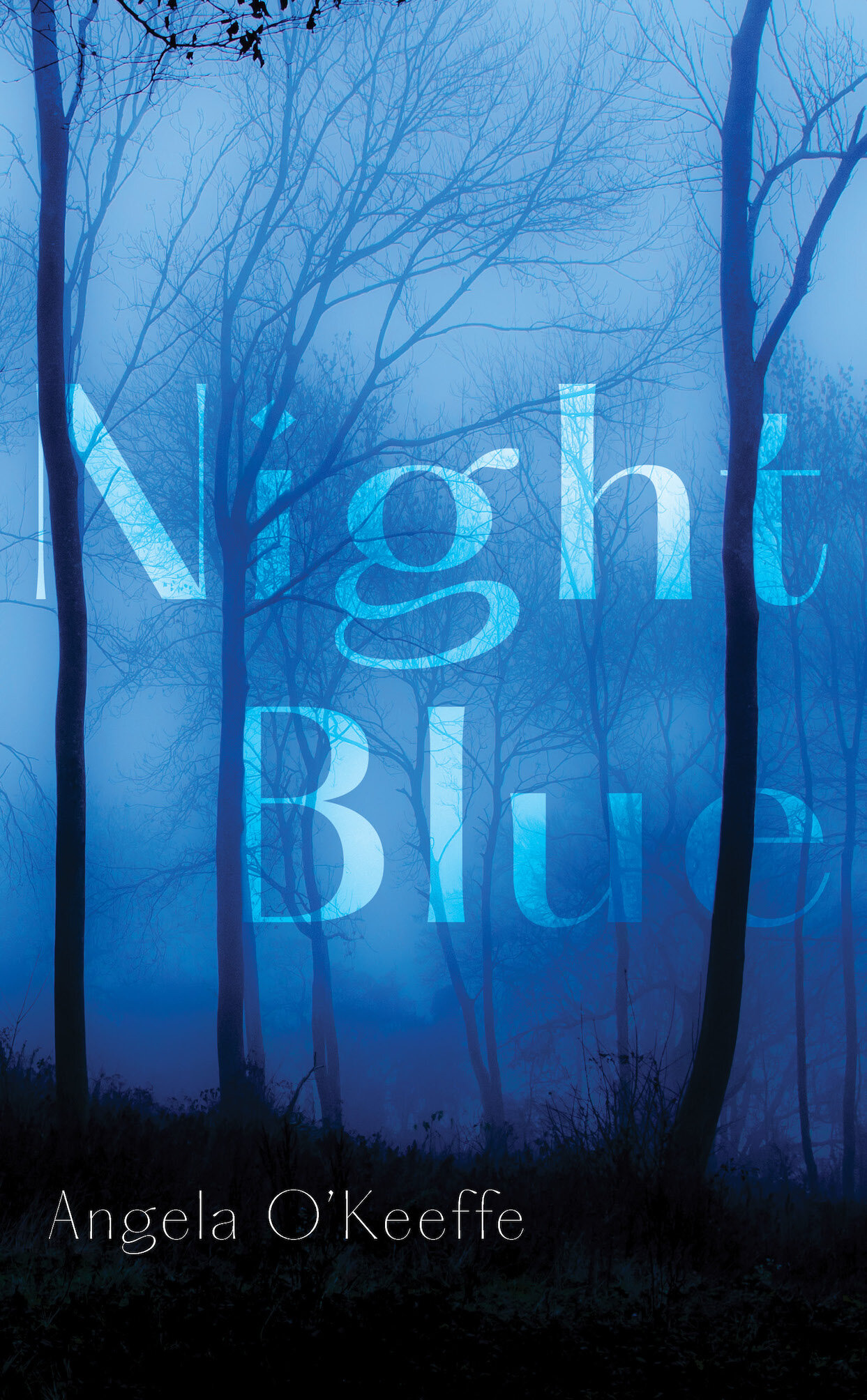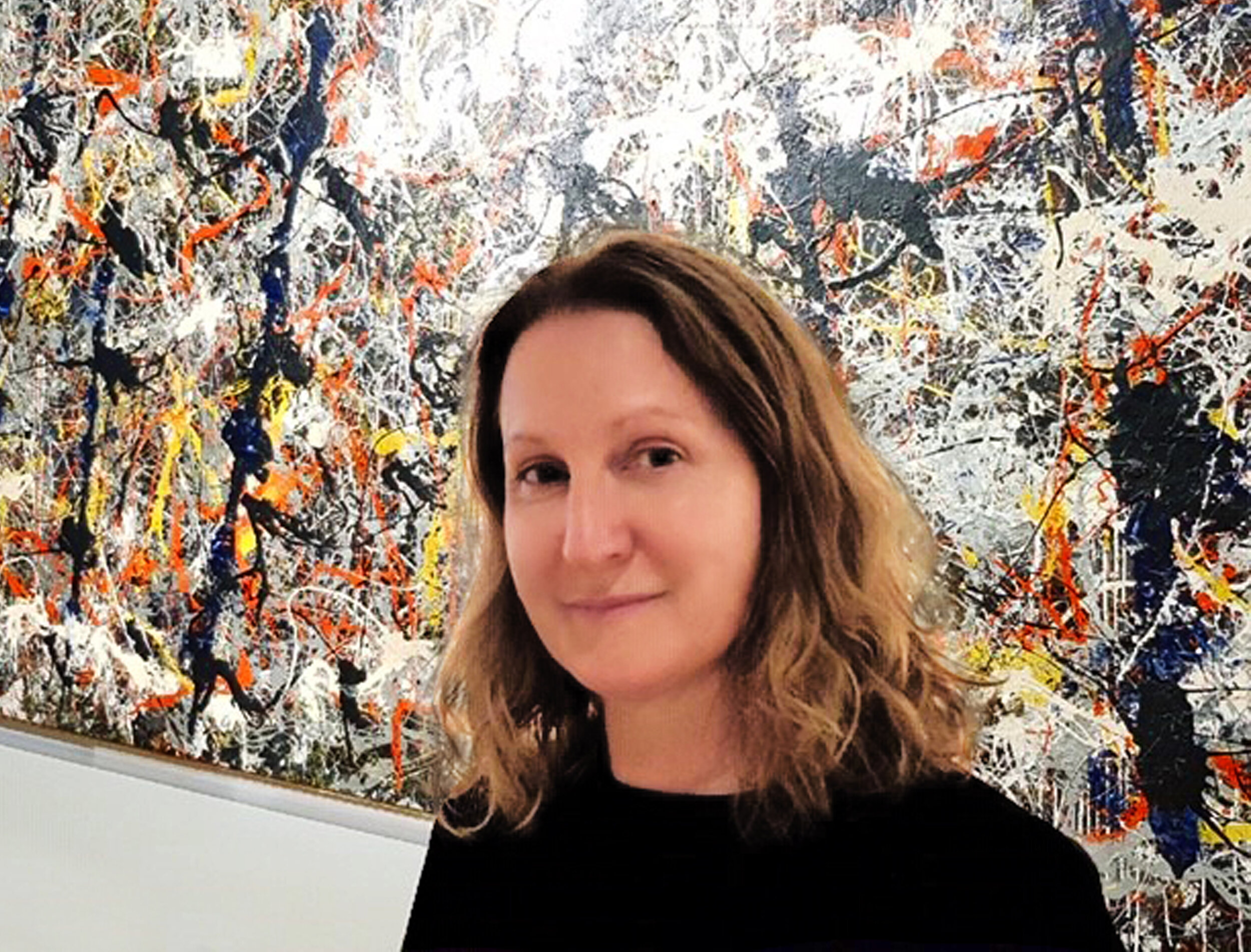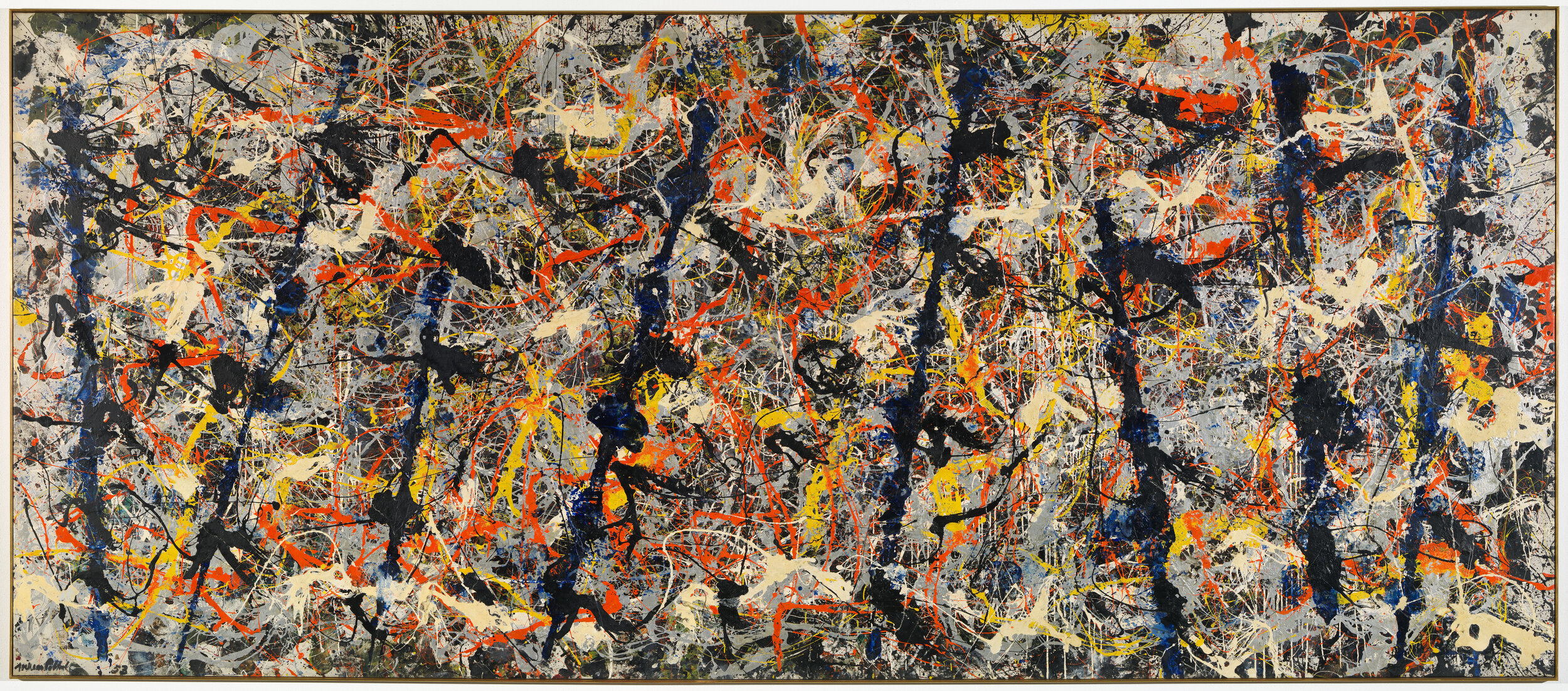Returning the gaze: Angela O’Keeffe’s 'Night Blue'
/At the height of the Me Too movement, the question of how to deal with the legacies of violent and misogynistic male artists reached its apogee. In a 2018 article for Marie Claire magazine, Roxane Gay wrote that it is ‘quite easy for me to think nothing of the supposedly great art of bad men’, when she remembers ‘all the silence, decades and decades of enforced silence, intimidation, and manipulation, that enabled bad men to flourish’.
As emotionally satisfying as this sentiment may be, it is also a way of sidestepping the question, particularly when it comes to the collections of major institutions. What does it mean to ‘think nothing’ of venerated artworks? Should the National Gallery of Australia, for example, encourage us to ‘think nothing’ of Blue poles (1952) because Jackson Pollock was violent towards his wife, the artist Lee Krasner, and others?
The American artist Michelle Hartney, conversely, sees the historic juncture of Me Too as an opportunity to expand the art historical record. As part of her guerilla project ‘Correct Art History’, Hartney devises alternative wall labels for artworks hanging in New York’s Metropolitan Museum of Art and other institutions that acknowledge the misogyny of their artists. Her revised wall label for Balthus asks: ‘Censoring artists is out of the question, but what is the responsibility of the art institution to educate viewers and turn the presentation of an artist’s work into a teaching moment?’
Angela O’Keeffe’s novel Night Blue is another creative correction. Told from the alternating points of view of a PhD candidate and, in a beautiful feat of writerly imagination, the painting itself, the story traces the artwork’s journey from conception in a Long Island barn to Australian cultural icon without shying away from the disturbing behaviour of its creator. Reflecting on its first home away from Pollock, in a private abode, the painting muses: ‘I could have died in that house had I not been sold again. You might ask how a painting can die when it is not in physical danger. But that is a misunderstanding of how a painting lives.’ The painting is nourished by stories; indeed, it only learns about itself by absorbing information from those who gaze upon it. Perhaps this is why, despite spending much of its life in the public eye, it characterises its trajectory as ‘the outer workings of something far more private’. This private thing is not an essential fixed core, known only to itself; nor is it solely the creative and cultural visions of Pollock and the painting’s political champion Gough Whitlam. Rather, it is a kind of collective biography. It longs to be gazed at, but also returns that gaze.
Night Blue challenges the idea that an artwork only has one story, expanding the record without being didactic. A work of art in its own right, it makes space for the emerging legacy of our current cultural moment – our decision to no longer vanish violence against women from our national story.
Night Blue by Angela O’Keeffe: Transit Lounge Publishing, Melbourne, 2021, 143 pages, AU$27.99; Amy Walters is a 2021 participant in the APPRAISE writing program, which is a partnership between ACT Writers and Art Monthly Australasia, funded by the ACT Government’s artsACT grants program.







